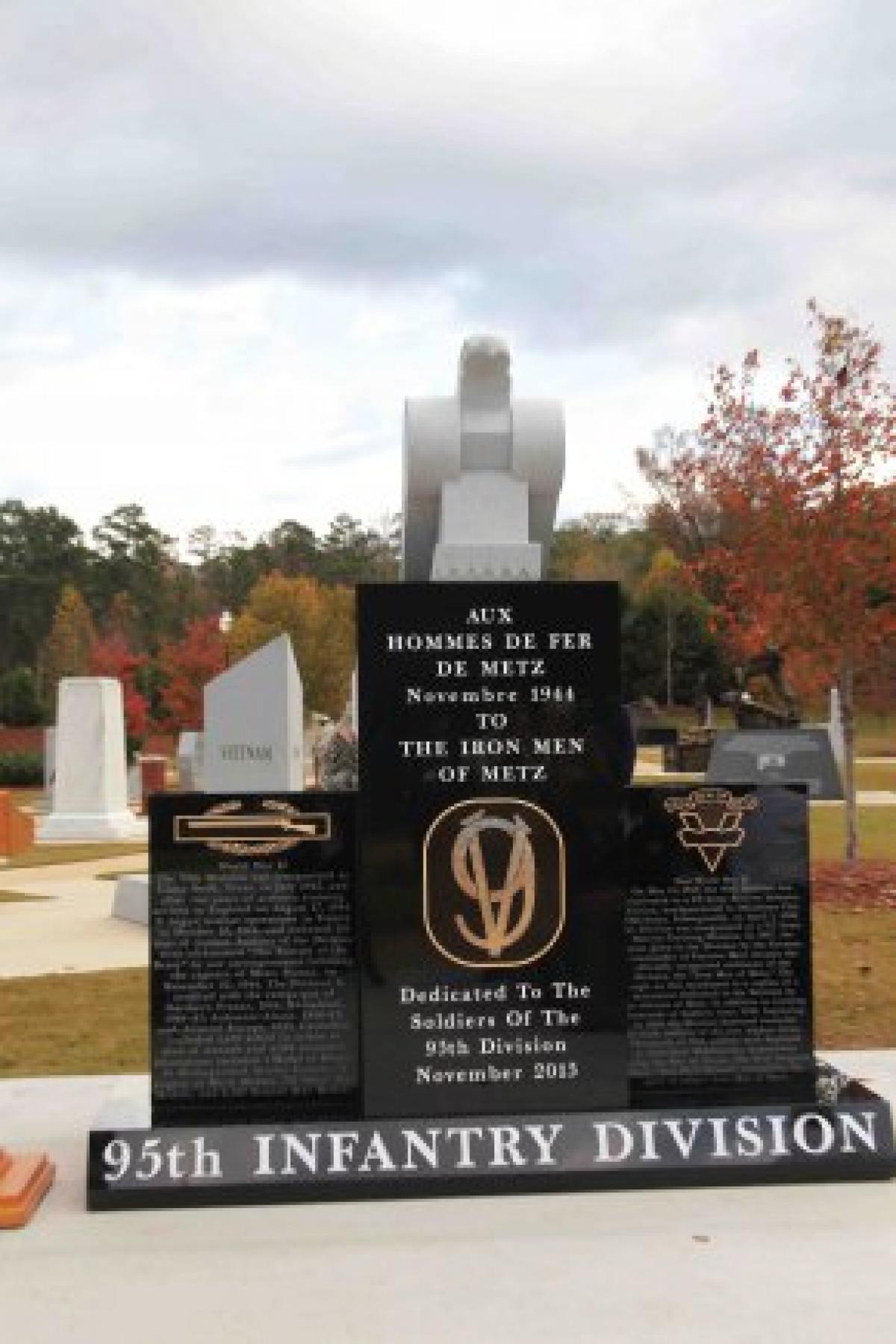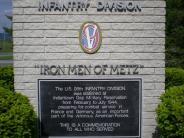- Our Community
- Community Overview City History Community Demographics Chamber of Commerce Events and Activities City Calendar City Parks On-Line Store Cemeteries Local Weather Photo Gallery
- Library School District Public Safety Emergency Management Police Fire ADA Compliance Americans with Disabilities Wall of Honor Wall of Honor
- Grove Regional Airport Grand Lake Association INTEGRIS Grove Hospital Har-Ber Village Lendonwood Garden Playmakers Theatre Cayuga Mission
- Doing Business
- Welcome Visitors
- Grand Lake Association Grove Area Chamber of Commerce Grove Regional Airport Playmakers Theatre
- Cayuga Mission Har-Ber Village Lendonwood Garden Grand River Dam Authority (GRDA)
- On-line Store Photo Gallery Events Where to Eat Where to Stay Where to Park in Downtown Grove Wolf Creek Park & Boating Facility
- Inside City Hall
- Contact City Hall Staff Directory Submit a Complaint or Comment City Code Comprehensive Plan Jobs - Equal Opportunity Employer Non-Discrimination Download Employment Application Submit Employment Application
- Agendas and Minutes City Council Boards and Committees Convention and Tourism Bureau Economic Development Authority Municipal Airport Authority Municipal Service Authority Planning and Zoning Board Zoning Board of Adjustments ADA Compliance Americans with Disabilities
- Departments Administration Airport Buildings and Grounds Community Development Economic Development Finance Fire Emergency Management Municipal Court Police Public Works Utility Services
- Helpful Resources
- Alerts and Notifications Email Subscriptions Events and Meetings Agendas and Minutes City Calendar In the News City News
- Contact the City Staff Directory Submit a Request or Concern Code Red Code Red Login Documents and Forms Documents and Reports Forms, Permits and Applications Maps
- Social Media City of Grove on Facebook Wolf Creek Park on Facebook Grove Animal Control on Facebook Frequently Asked Questions Frequently Used Numbers Helpful Links
United States Army 95th Infantry Division (Iron Men of Metz)

U. S. ARMY 95TH INFANTRY DIVISION (IRON MEN OF METZ) - The 95th Infantry Division was an infantry division of the United States Army. Today it exists as the 95th Training Division, a component of the United States Army Reserve headquartered at Fort Sill, Oklahoma. Activated too late to deploy for World War I, the division remained in the Army's reserve until World War II, when it was sent to Europe. Renowned for fighting back fierce German counterattacks, the division earned the nickname "Iron Men of Metz" for fighting to liberate and defend the town. After World War II, the division spent another brief period in reserve before being activated as one of the Army's training divisions.
Over the next fifty years the division would see numerous changes to its structure as its training roles changed and subordinate units shifted in and out of its command. It activated a large number of regimental and brigade commands to fulfill various training roles. The division then began conducting one station unit training, a responsibility it continues to this day.
World War II
On July 15, 1942, the division was ordered into active military service and reorganized at Camp Swift, Texas. The 189th and 190th Infantry Brigades were disbanded as part of an army-wide elimination of infantry brigades. Instead, the division was based around three infantry regiments, the 377th Infantry Regiment, the 378th Infantry Regiment, and the 379th Infantry Regiment. Major General Harry L. Twaddle took command of the division, a command he held for its entire duration in World War II, making him one of only eleven generals to do so.
WWII Casualties
- Total battle casualties: 6,591
- Killed in action: 1,205
- Wounded in action: 4,945
- Missing in action: 61
- Prisoner of war: 380
The division was reactivated on May 13, 1947 at Oklahoma City as a reserve unit. However, it was not mobilized for any combat duties following World War II.
The division continued its mission of training and operating one station unit training. In 1996, the division received three additional brigades as part of an Army consolidation of training commands. The 5th Brigade, 95th Division was activated in San Antonio, Texas, the 6th Brigade, 95th Division was activated in Topeka, Kansas, and the 7th Brigade, 95th Division was activated from the 95th Training Command in Little Rock, Arkansas.
In 2000, the brigade took on the additional responsibility of training Reserve Officer's Training Corps cadets. The 8th Brigade, 95th Division was activated as a provisional unit in charge of ROTC units throughout the southwestern United States. In 2005, the division headquarters were relocated to Fort Sill, Oklahoma. This put the division at the area's major training center, allowing it to more effectively provide training oversight.
A number of soldiers who served with the 95th Division later went on to achieve notability for various reasons. T hey include journalist Harry Ashmore, writer Jerry Rosholt, oil tycoon Ernest L. Massad, and Lieutenant General Emmett H. Walker, Jr.. A dditionally, one soldier of the division received the Medal of Honor during his service, Andrew Miller, who received the medal in World War II during the division's fight for Metz. Miller captured a number of German machine gun nests and soldiers while leading a squad of men in assaulting the city. German born (MG) Gerd Grombacher served as an NCO interrogating POWs and was commissioned 2LT Grombacher in January 1945. He directly assisted in the negotiations for the capture of Metz in 1944.
Click any thumbnail image to view a slideshow

